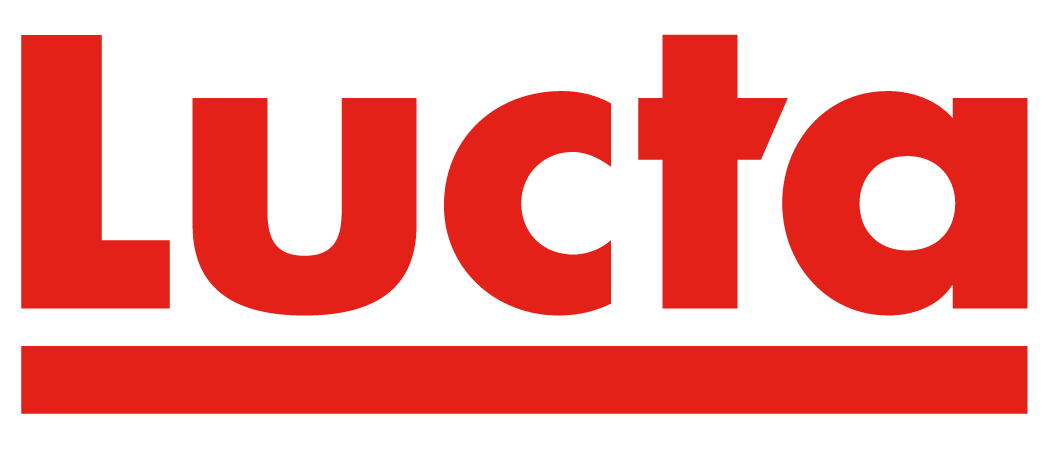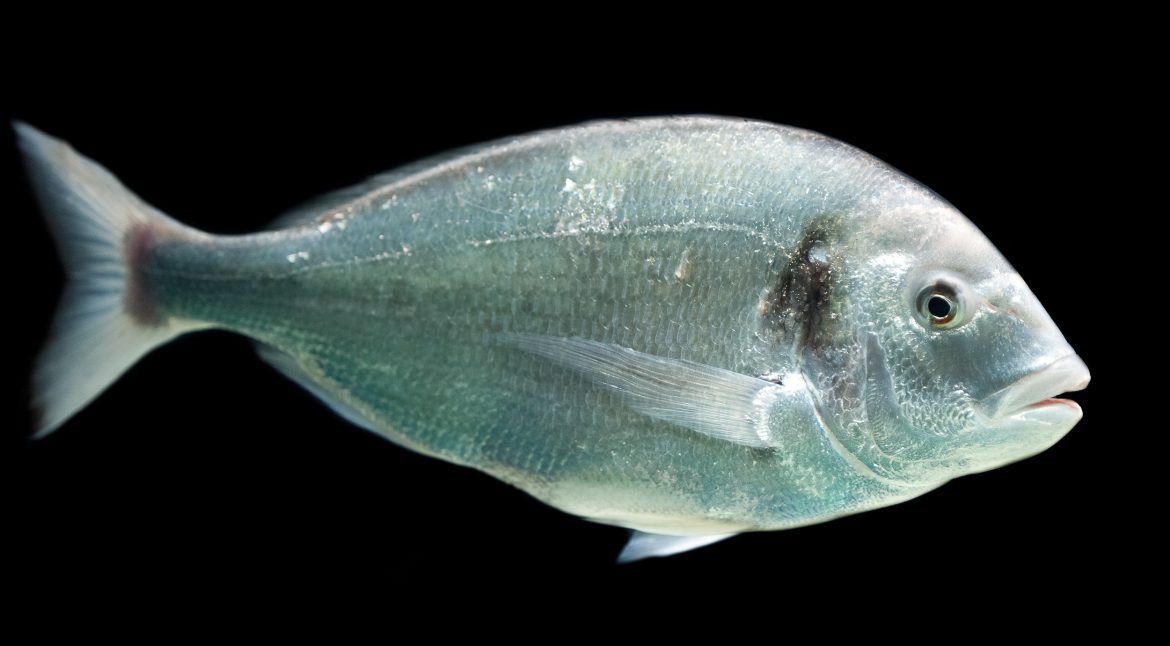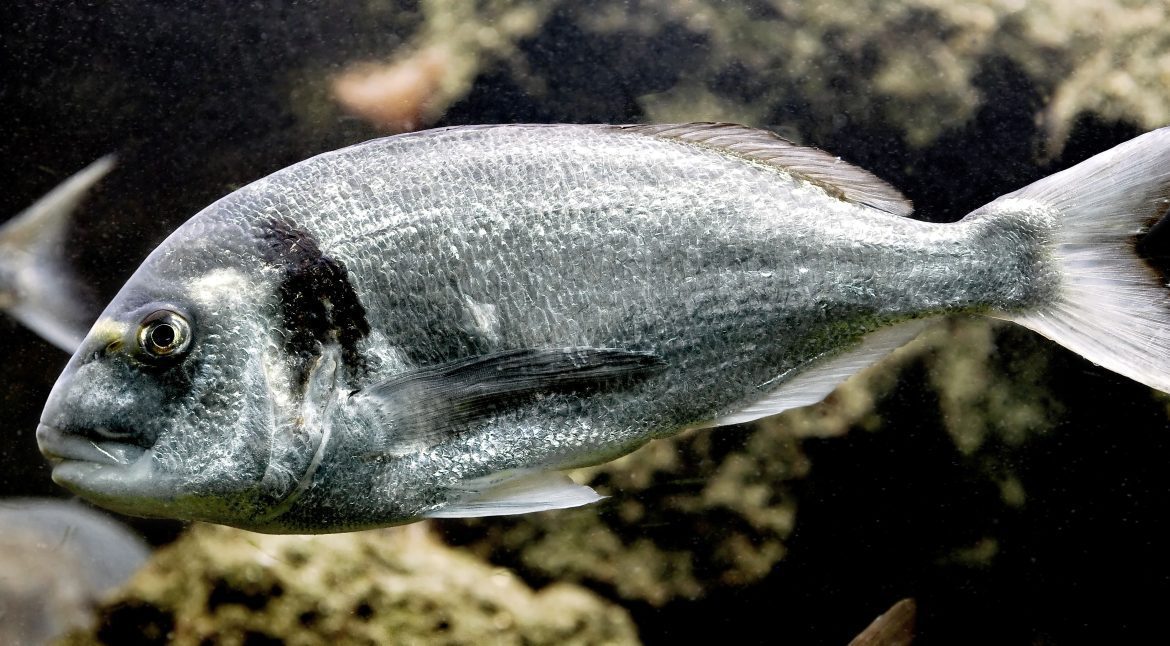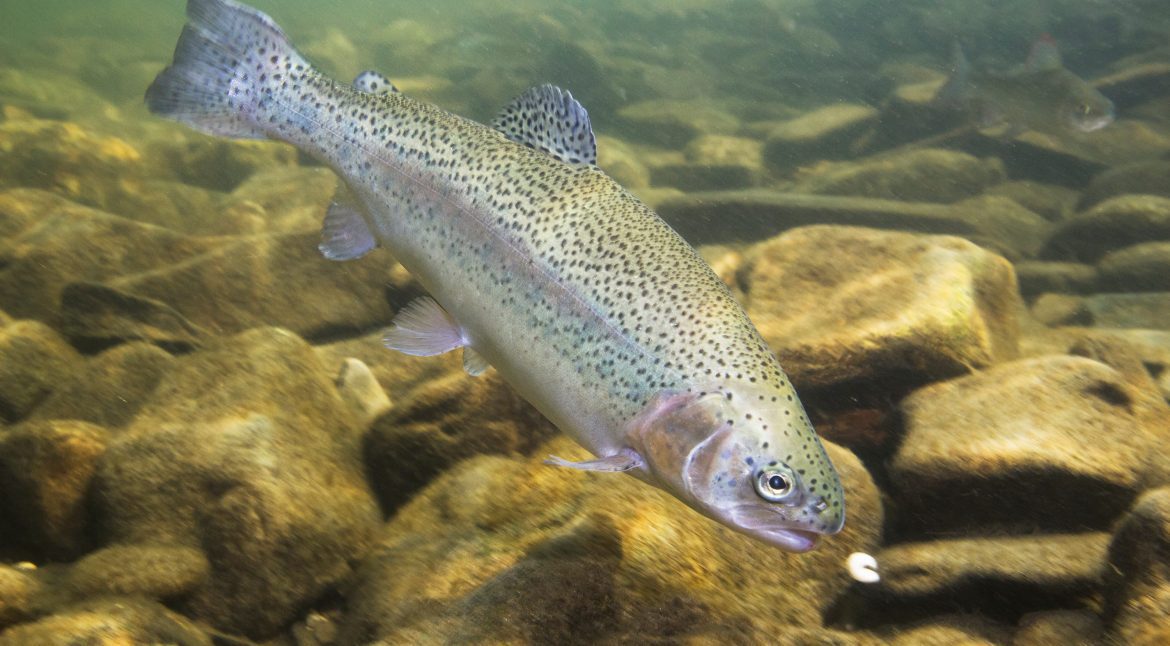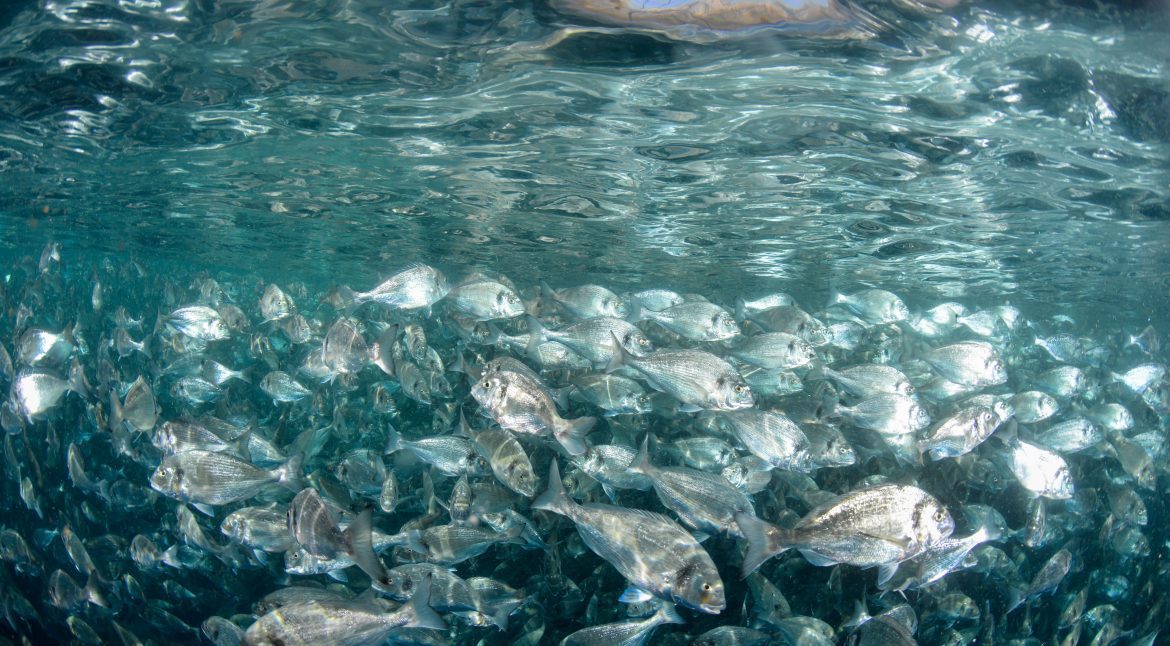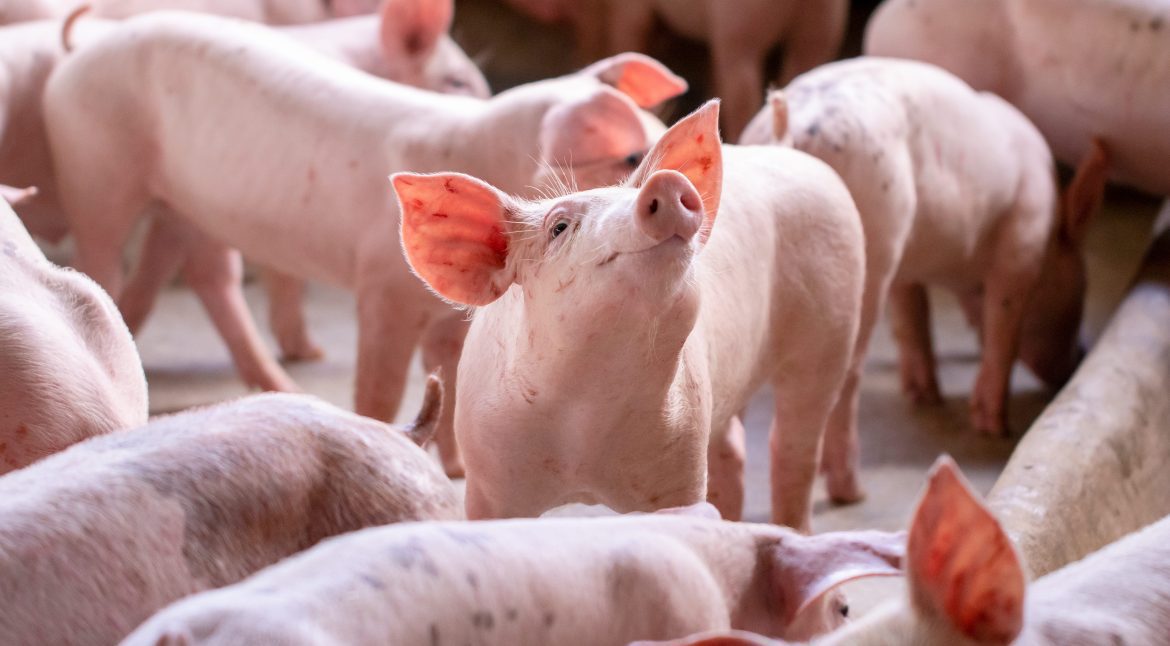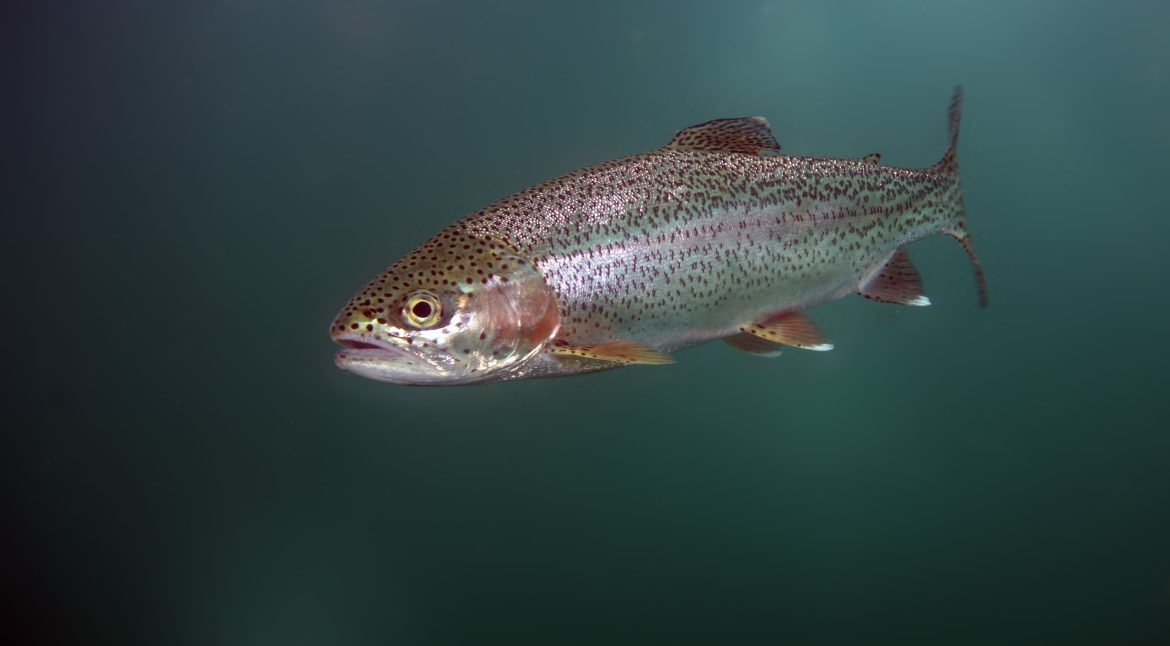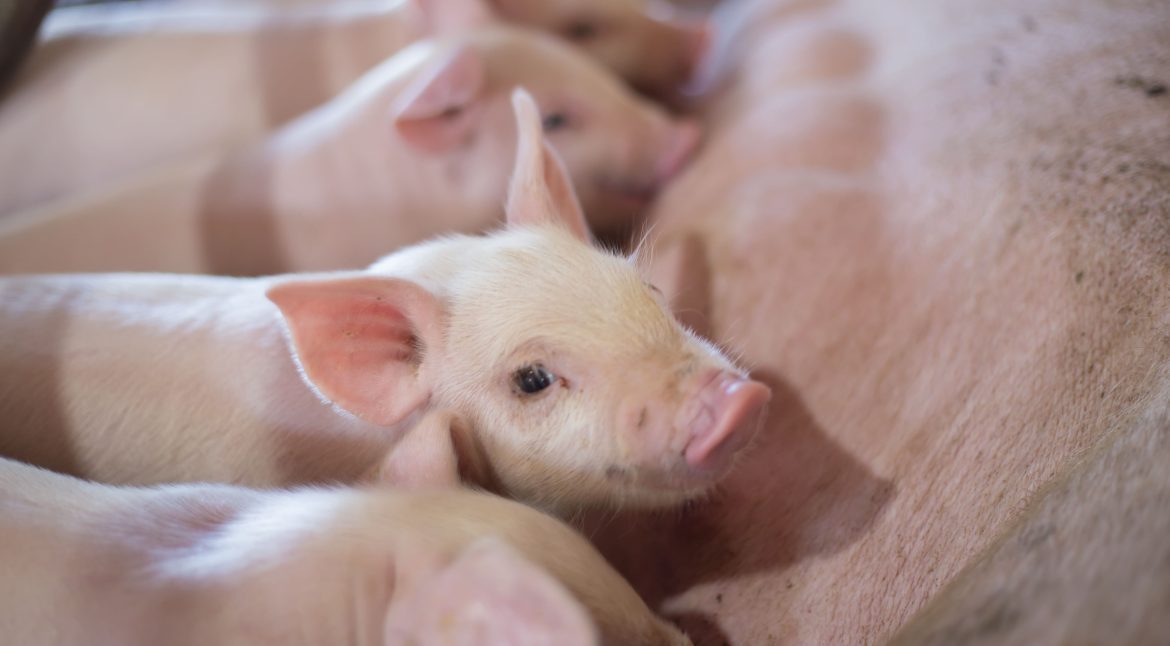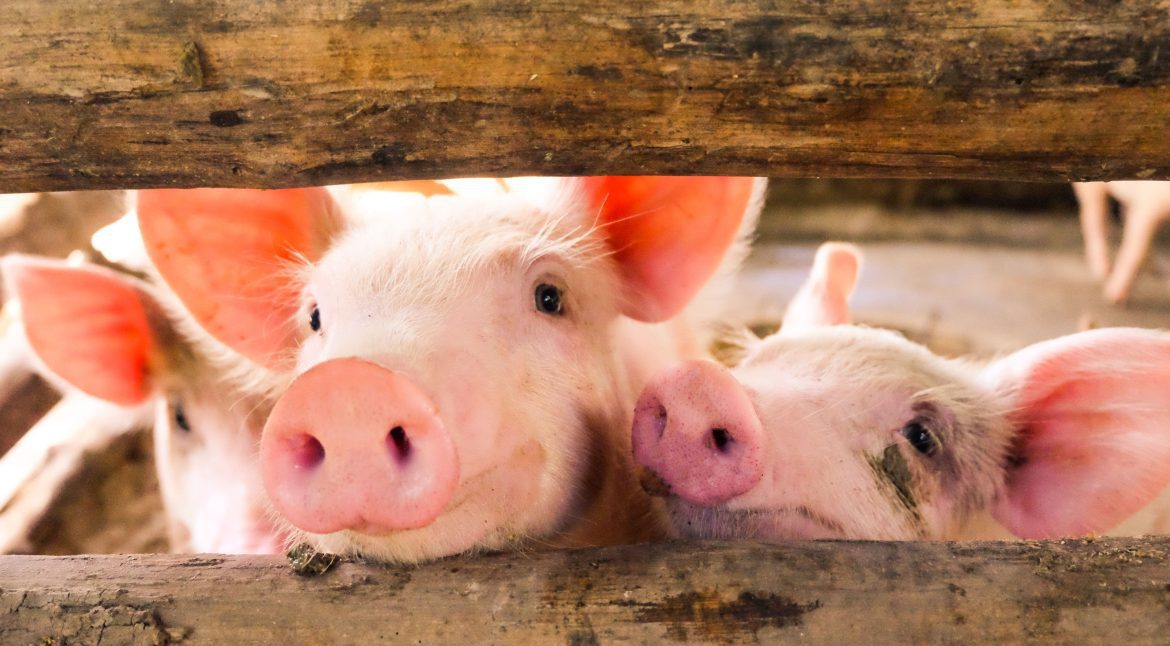In higher vertebrates, the inclusion of single or mixed spices such as capsaicin, black pepper, ginger in the diet has been proved to induce thermogenesis, fat oxidation and regulate feed intake, associated to the modulation of fat digestion and absorption through higher bile acid secretion. In addition, gut microbiota may…
The use of body adiposity modulators, such as bile salts, as feed additives could be a good nutritional strategy to avoid adiposity disorders in fish, which may be attributed to their beneficial role in promoting lipid metabolism and enhancing fat digestibility. Furthermore, bile salts have a key role in the…
The regulation of feed intake in fish is dependent upon different neuroendocrine and metabolic mechanisms including amino acid sensing occurring in the gastrointestinal tract. In previous studies, we demonstrated the impact of specific amino acids alone on such mechanisms and their impact on feeding regulation. However, there is no information…
Self-feeding systems have been extensively used to study animal behaviour and food preferences in vertebrates. In this study, we used a dual-choice self-feeding system to explore feeding behaviour and dietary discrimination based on organoleptic cues. Experimental tanks were provided with 2 self-feeders activated by string sensors and connected to a…
Resumen: La relación entre los atributos sensoriales del alimento (sabor, olor, textura) y la experiencia postingestiva del animal se conoce con el nombre de palatabilidad. Los aditivos sensoriales modifican las propiedades organolépticas de las dietas con el fi n de modular su consumo y, en el caso de rumiantes, estos…
The impending EU ban on using high ZnO levels (3,000 ppm) in weanling pig diets has accelerated the search for alternative solutions aiming to prevent post-weaning diarrhea while maintaining piglet performance in the nursery period. A standardized olive pomace extract (PE1, recommended dose: 0.25%), with anti-inflammatory properties, and a rosemary…
Aquaculture long-term sustainability depends on the successful replacement of fish meal (FM) by alternative raw materials. Until now, FM replacement without compromising growth and/or wellbeing has been generally limited to 50-75% in most carnivorous fish species. FM replacement is still majorly based on vegetable protein sources, particularly on soybean meal…
The intense nature of pig production has increased the animals’ exposure to stressful conditions, which may be detrimental to their welfare and productivity. Some of the most common sources of stress in pigs are extreme thermal conditions (thermal stress), density and mixing during housing (social stress), or exposure to pathogens…
Today’s swine industry increasingly relies on hyperprolific sows, entailing challenges related to heterogeneous and numerous litters having lower viability and poorer adaptation to weaning. This study compared the intestinal transcriptome of piglets with differences in body weight (BW) at weaning, to explore mechanisms underlying differences in adaptation and growth during…
Antimicrobial resistance is a global threat that is worryingly rising in the livestock sector. Among the proposed strategies, immunostimulant development appears an interesting approach to increase animal resilience at critical production points. The use of nanoparticles based on cytokine aggregates, called inclusion bodies (IBs), has been demonstrated as a new…
